10 Best Herbal Creams For Nail Fungus
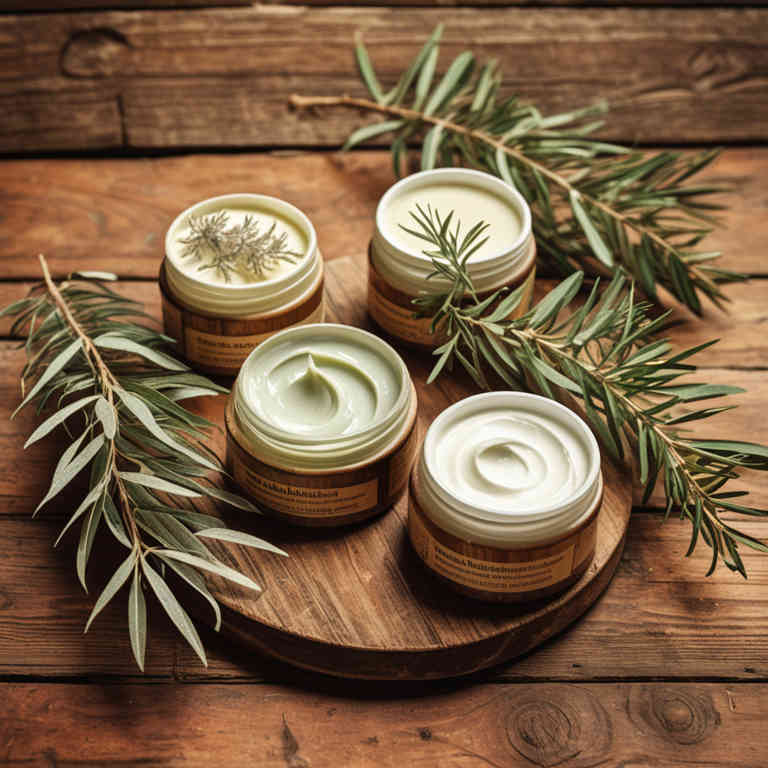
Herbal creams for nail fungus are natural alternatives that use plant-based ingredients to combat fungal infections without the potential side effects of conventional antifungal medications.
These creams often contain ingredients like tea tree oil, garlic, lavender, and echinacea, which are known for their antifungal and antimicrobial properties. While they may not be as potent as prescription treatments, they can be effective for mild cases and are generally safe for long-term use. Many people prefer herbal creams due to their soothing and nourishing effects on the skin and nails.
However, it is important to consult a healthcare professional to determine the best treatment option for individual cases of nail fungus.
FREE Herb Drying Checklist
How to make sure every batch retains maximum flavor, color, and aroma without the risk of mold or over-drying. Eliminate guesswork and trial-and-error, making herb drying faster, easier, and more efficient every time.
Table of Contents
1. Teucrium polium
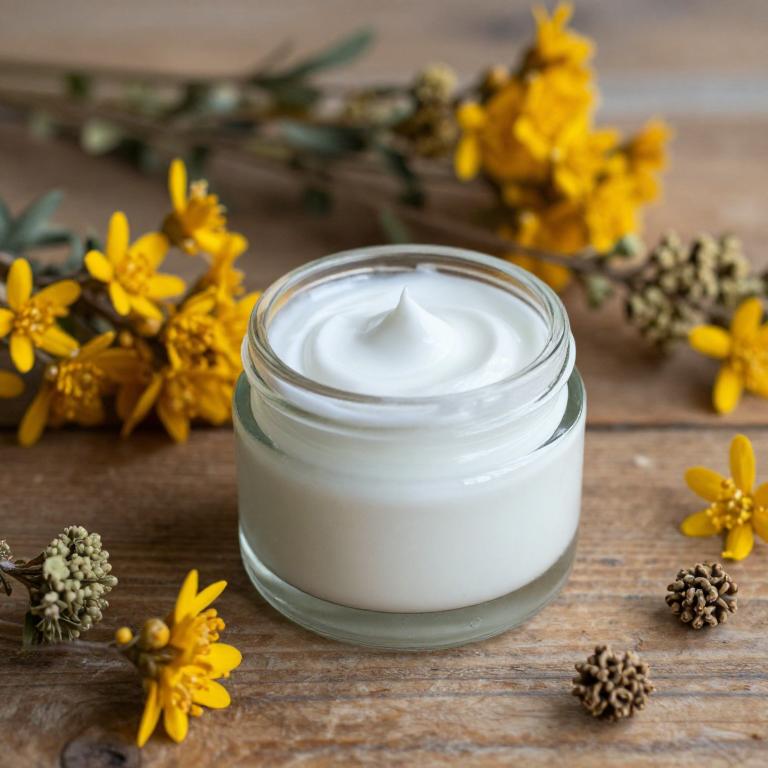
Teucrium polium, also known as the "bushy germander," is a herbal remedy that has been traditionally used for its antifungal properties.
Herbal creams containing Teucrium polium are gaining popularity as natural alternatives to conventional antifungal treatments for nail fungus. These creams are believed to work by inhibiting the growth of fungi through their essential oils and phytochemical compounds. The active ingredients in Teucrium polium may help reduce inflammation and promote the healing of infected nails.
While some studies suggest its effectiveness, it is important to consult a healthcare professional before using it as a treatment for nail fungus.
2. Urtica dioica
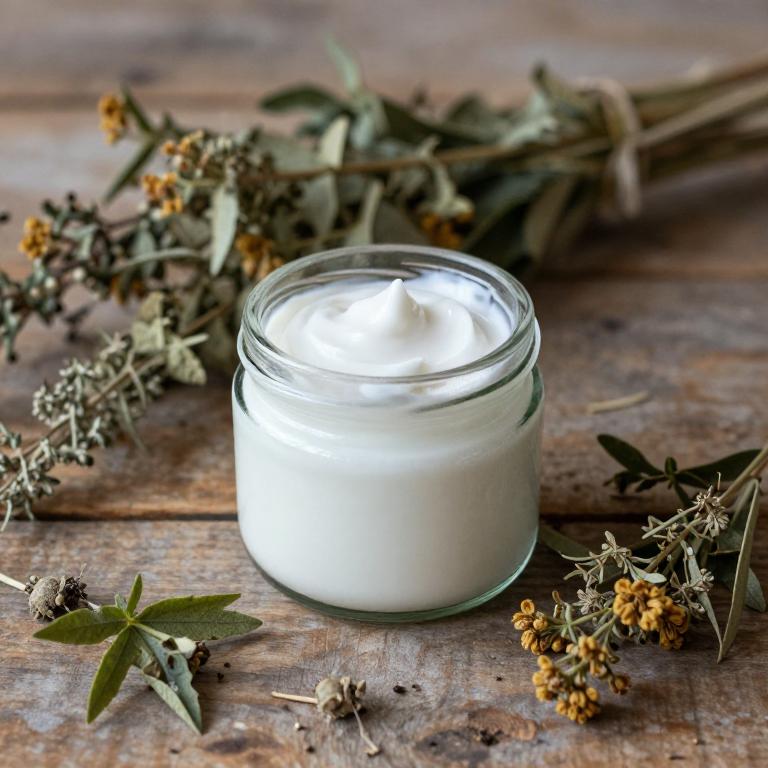
Urtica dioica, commonly known as stinging nettle, has been traditionally used for its anti-inflammatory and antimicrobial properties, making it a popular ingredient in herbal creams for nail fungus.
These creams often combine stinging nettle extract with other natural components like tea tree oil or vinegar to enhance their effectiveness against fungal infections. The active compounds in urtica dioica, such as flavonoids and alkaloids, may help inhibit the growth of fungi that cause nail infections. Regular application of these herbal creams can help reduce symptoms like discoloration, thickening, and odor associated with nail fungus.
While they are generally considered safe, it is advisable to consult a healthcare professional before using them, especially if the infection is severe or persistent.
3. Cupressus sempervirens
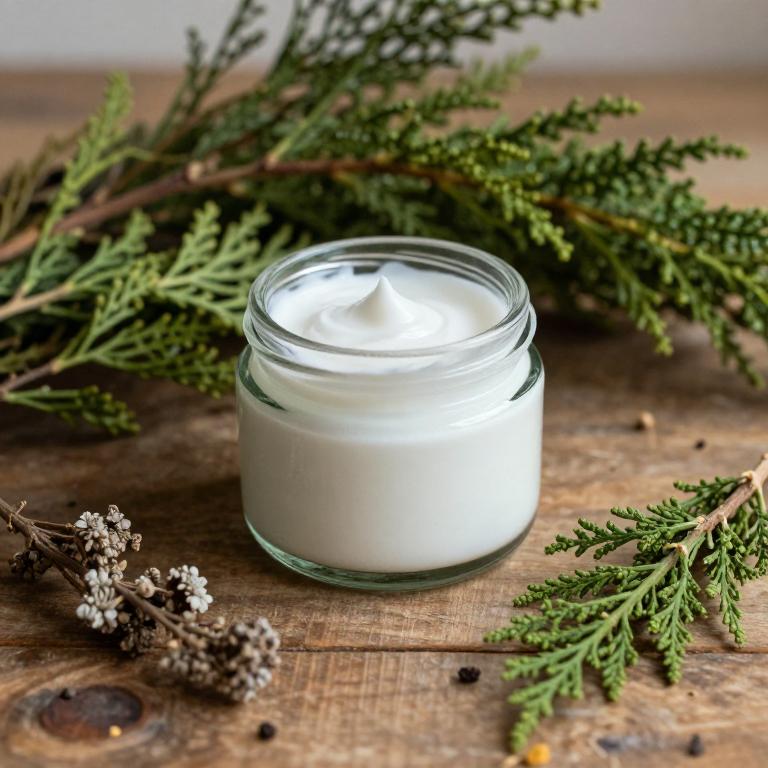
Cupressus sempervirens, commonly known as Italian cypress, has been explored for its potential therapeutic properties in herbal remedies, including the development of creams for treating nail fungus.
These creams typically incorporate extracts from the plant, which are believed to possess antifungal and antimicrobial properties due to their high concentration of bioactive compounds such as flavonoids and essential oils. The active ingredients in Cupressus sempervirens creams may help inhibit the growth of fungal pathogens that cause onychomycosis, thereby supporting the healing of infected nails. While some users report positive outcomes, it is important to consult a healthcare professional before using these natural remedies, as they may not be a substitute for conventional antifungal treatments.
Overall, Cupressus sempervirens herbal creams offer a natural alternative for those seeking non-toxic options to manage nail fungus.
4. Echinacea purpurea
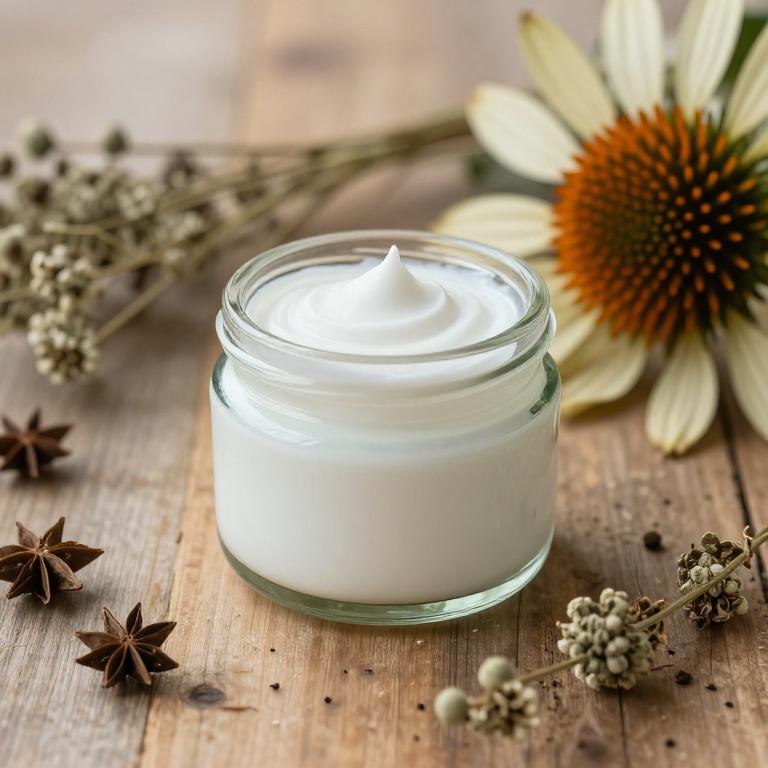
Echinacea purpurea, commonly known as purple coneflower, is a herbal remedy often used for its potential anti-inflammatory and antimicrobial properties.
Some herbal creams containing echinacea purpurea are marketed for the treatment of nail fungus, claiming to help reduce fungal growth and promote nail health. While echinacea may support the immune system, there is limited scientific evidence specifically linking it to the eradication of nail fungus. These creams are typically used as a complementary therapy alongside conventional treatments like antifungal medications.
It is important to consult a healthcare professional before using echinacea-based products, especially if you have underlying health conditions or are taking other medications.
5. Equisetum arvense
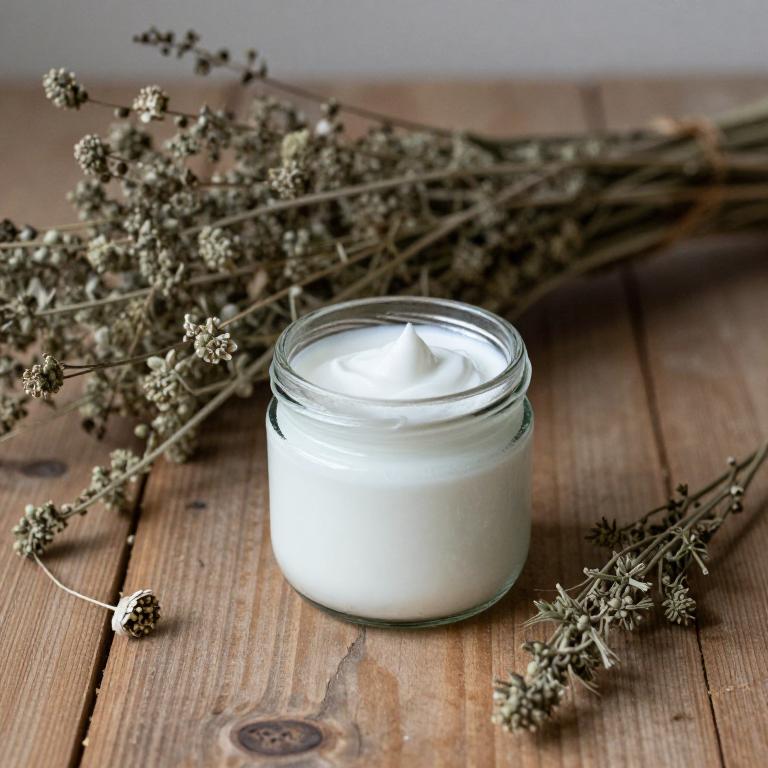
Equisetum arvense, also known as horsetail, is a plant rich in silica and other bioactive compounds, making it a popular ingredient in herbal creams for nail fungus.
These creams often combine horsetail extract with other antifungal herbs like tea tree oil or garlic to enhance their effectiveness. The high silica content in horsetail is believed to strengthen nails and promote regrowth, while its natural antifungal properties may help combat the fungi causing infections. Many users report reduced fungal growth and improved nail health after consistent use of these herbal creams.
However, it is advisable to consult a healthcare professional before starting any treatment, especially if the infection is severe or persistent.
6. Aloe barbadensis
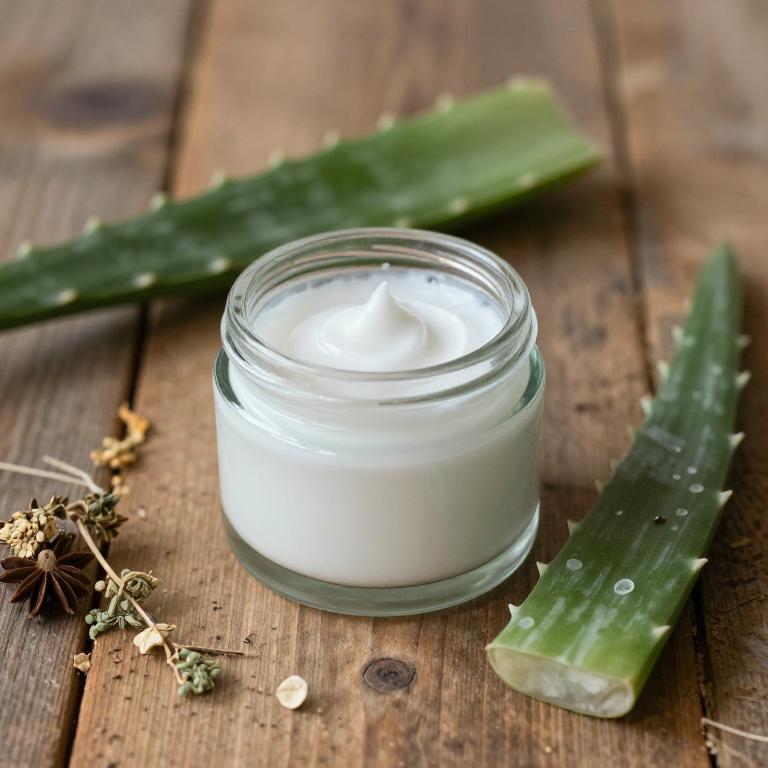
Aloe barbadensis, commonly known as aloe vera, has been widely used for its soothing and healing properties, and it is increasingly being incorporated into herbal creams for the treatment of nail fungus.
These creams often contain aloe vera as a primary ingredient, leveraging its anti-inflammatory, antimicrobial, and antifungal properties to combat fungal infections. The gel-like consistency of aloe vera allows it to penetrate the skin and nail bed effectively, promoting the regeneration of healthy tissue while reducing symptoms like itching and discoloration. Many users report improved nail health and reduced fungal presence when using aloe-based creams consistently over time.
However, while aloe vera may offer some relief, it is often recommended to consult a healthcare professional for persistent or severe cases of nail fungus.
7. Rosmarinus officinalis
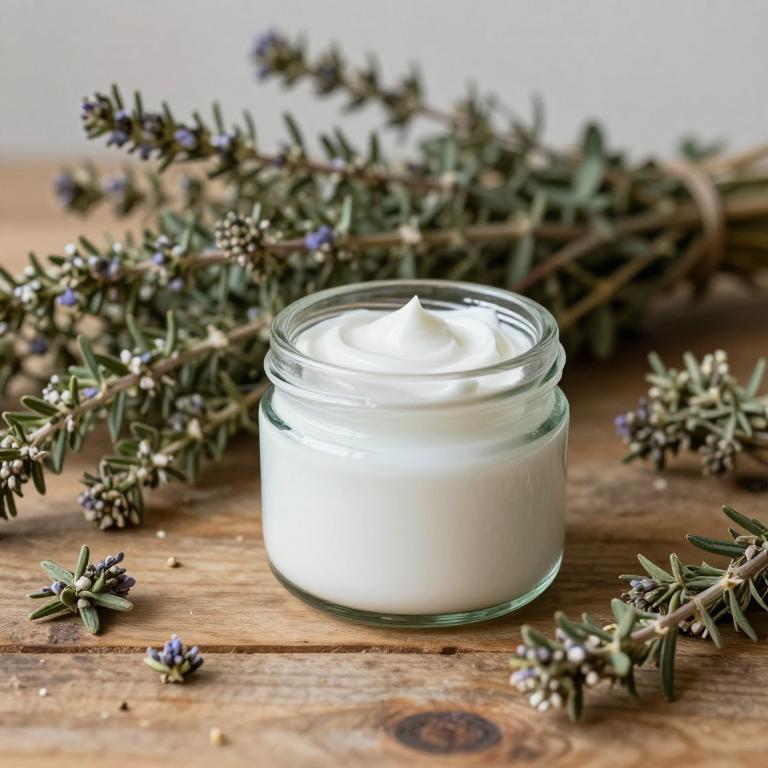
Rosmarinus officinalis, commonly known as rosemary, is a fragrant herb that has been traditionally used for its antimicrobial and antifungal properties.
Rosemary essential oil, derived from the plant, is often incorporated into herbal creams designed to combat nail fungus by inhibiting the growth of fungi such as Trichophyton. These creams typically combine rosemary with other natural ingredients like tea tree oil, garlic extract, or grapefruit seed extract to enhance their effectiveness. Regular application of rosemary-based creams may help reduce fungal infections, promote nail health, and prevent recurrence.
However, it is advisable to consult a healthcare professional for persistent or severe cases of nail fungus.
8. Trifolium pratense
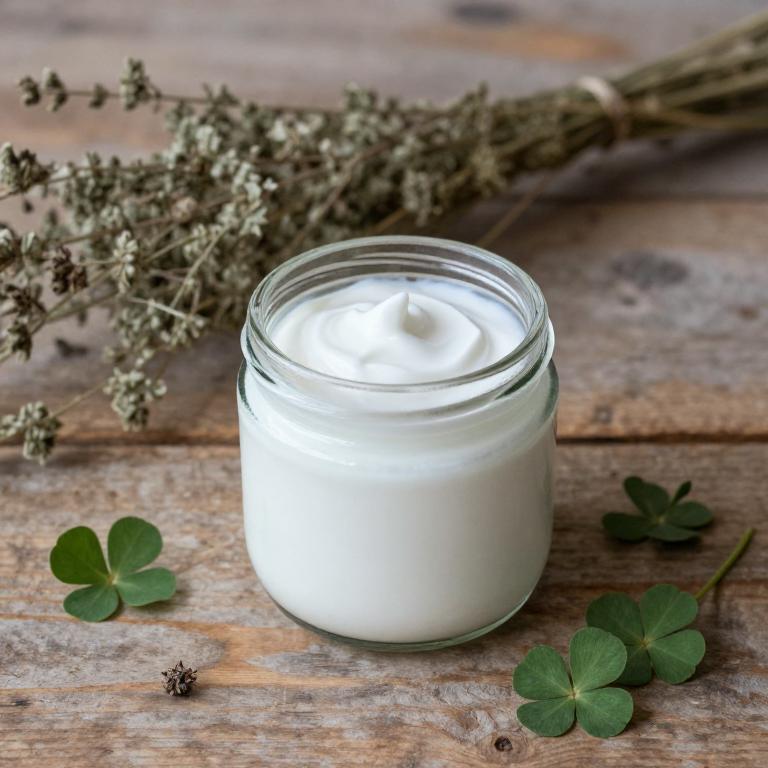
Trifolium pratense, commonly known as red clover, has been traditionally used for its anti-inflammatory and antimicrobial properties, making it a valuable ingredient in herbal creams for nail fungus.
These creams often combine red clover extract with other natural components like tea tree oil or garlic to enhance their antifungal effects. The active compounds in red clover, such as isoflavones, may help reduce fungal growth by disrupting the cell walls of the pathogens. When applied topically, these herbal creams can soothe the affected area and promote the healing of infected nails.
While they may offer a natural alternative to conventional antifungal treatments, it is important to consult a healthcare professional for persistent or severe cases of nail fungus.
9. Salvia officinalis
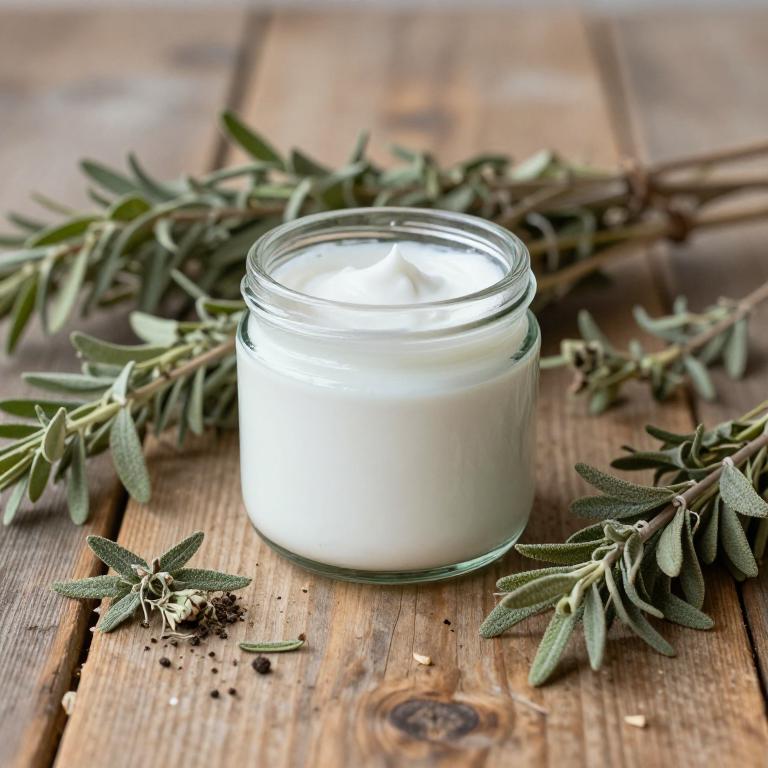
Salvia officinalis, commonly known as sage, is a herbal remedy that has been traditionally used for its antimicrobial and antifungal properties.
Some herbal creams containing salvia officinalis are marketed as natural treatments for nail fungus, claiming to help reduce fungal infections without the use of harsh chemicals. These creams often combine sage extract with other beneficial ingredients like tea tree oil or garlic to enhance their antifungal effects. While preliminary studies suggest that sage may inhibit the growth of certain fungi, more research is needed to confirm its effectiveness for treating nail fungus in humans.
As with any topical treatment, it is advisable to consult a healthcare professional before using salvia-based creams, especially if the infection is severe or persistent.
10. Cnicus benedictus
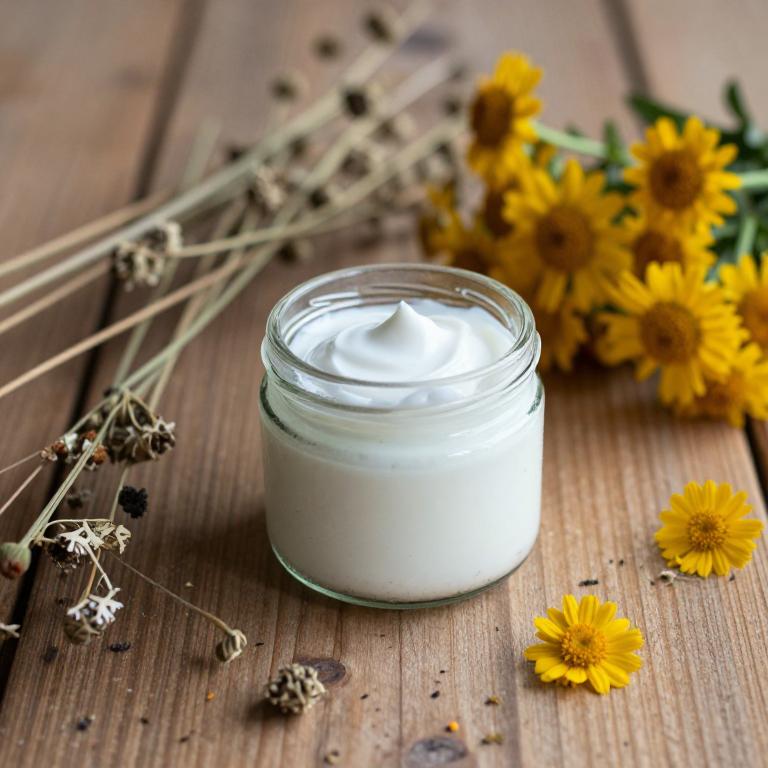
Cnicus benedictus, also known as blessed thistle, is a herbal remedy that has been used traditionally for its potential antifungal properties.
When incorporated into herbal creams, Cnicus benedictus may help combat nail fungus by inhibiting the growth of fungal pathogens. These creams are often formulated with other complementary ingredients such as tea tree oil or garlic extract to enhance their effectiveness. The natural compounds in Cnicus benedictus are believed to support the body's immune response and promote the healing of infected nails.
However, while some individuals may find relief using these creams, it is advisable to consult a healthcare professional for proper diagnosis and treatment options.